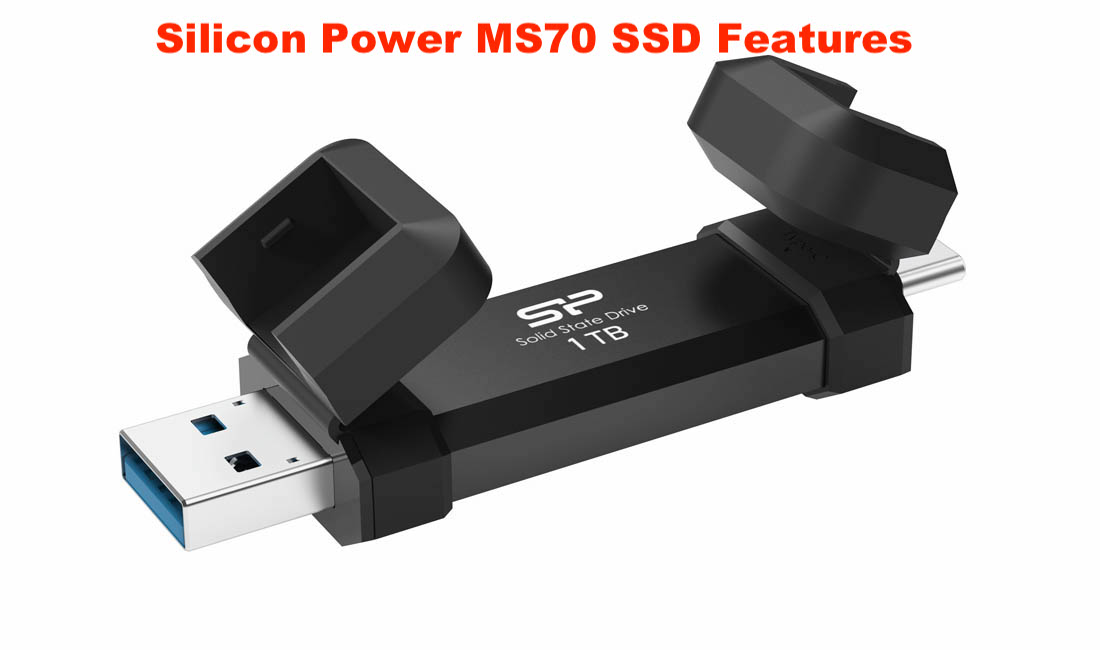In the rapidly evolving realm of virtual reality, the headsets that transport us to immersive worlds are continuously advancing. For the past few years, the Meta Quest 2 has reigned supreme, but now, its successor, the Meta Quest 3, has arrived on the scene and confusion is between Meta Quest 3 vs Meta Quest 2. Now, the important question is, which one should you buy?
The Meta Quest 3 represents a significant leap forward compared to its predecessor, the Quest 2. Fueled by the cutting-edge Qualcomm Snapdragon XR2+ chip, it delivers up to 50% more power than the XR2, enabling the Quest 3 to handle more demanding VR games and applications.
This enhanced power ensures a smoother and more captivating VR experience. Additionally, the Quest 3 boasts a higher-resolution display, a wider field of view, and improved tracking capabilities.
Major Differences Meta Quest 3 vs Meta Quest 2:
|
Feature |
Meta Quest 2 |
Meta Quest 3 |
|
Processor |
Qualcomm Snapdragon XR2 |
Qualcomm Snapdragon XR2+ |
|
Display |
1832×1920 per eye |
2560×2560 per eye |
|
Field of view |
90 degrees |
120 degrees |
|
Tracking |
6 degrees of freedom (6DoF) |
6DoF inside-out tracking |
|
Storage |
64GB or 256GB |
128GB, 256GB, or 512GB |
|
Price |
$299 or $399 |
$499, $599, or $699 |
Here’s a quick breakdown to help you make the right choice:
Choose the Meta Quest 2 if:
- You’re a first-time VR user.
- You’re working with a limited budget.
- You don’t require the most powerful VR headset available.
Opt for the Meta Quest 3 if:
- You’re a dedicated VR enthusiast.
- You demand the finest VR experience.
- You can accommodate the higher price point.
Meta Quest 3 vs Meta Quest 2: Performance Comparison

Display Quality:
In conclusion
Regardless of your choice, both headsets promise an exhilarating VR experience. Just remember to establish a safe play area and take regular breaks every 20-30 minutes to prevent eye strain and motion sickness.
We hope this blog post has provided you with the insights needed to decide which VR headset aligns with your needs. If you have any questions or need further guidance, don’t hesitate to leave a comment below. Happy VR gaming.
Stay tuned for more exciting stories and subscribe to the USA Mirror newsletter to stay updated.
Thank you so much for reading. We appreciate you valuable time




